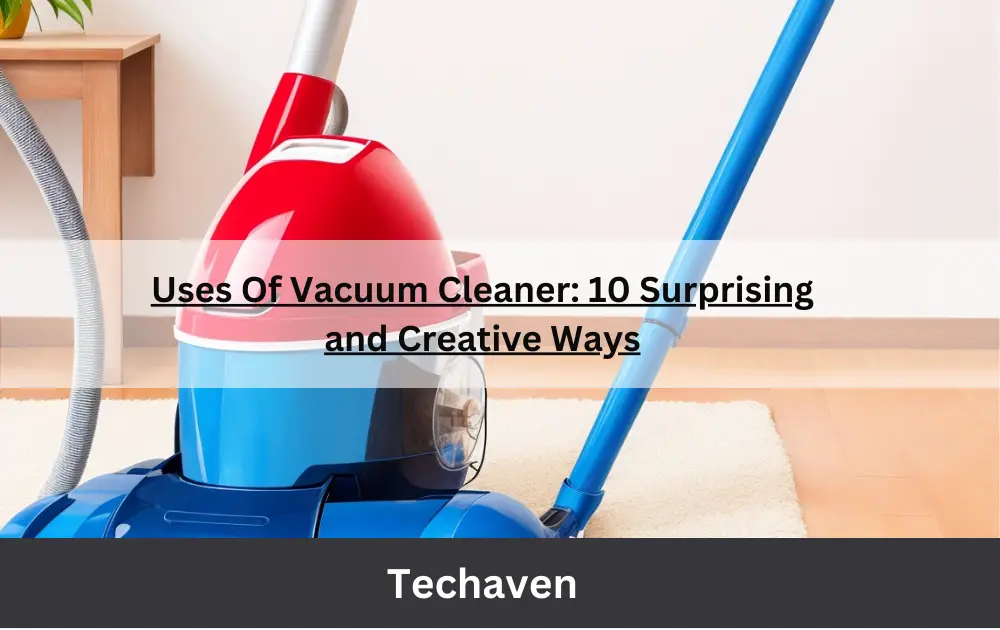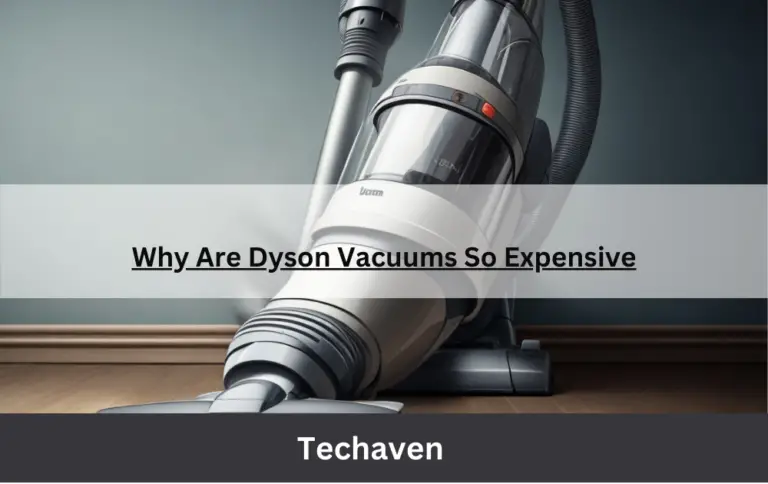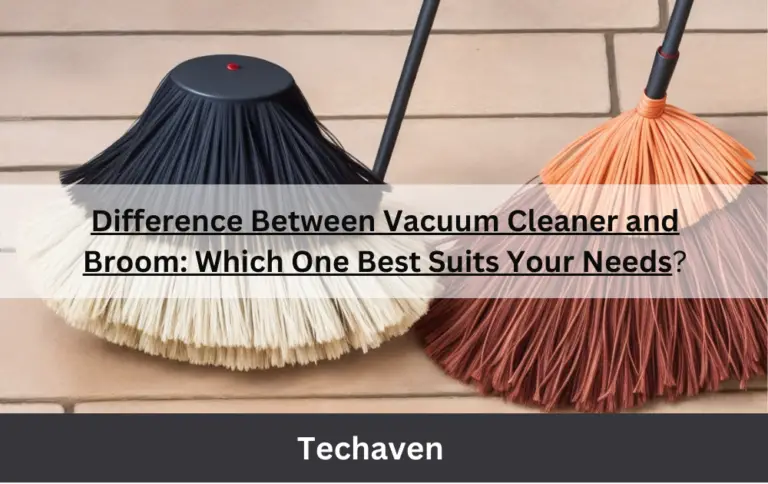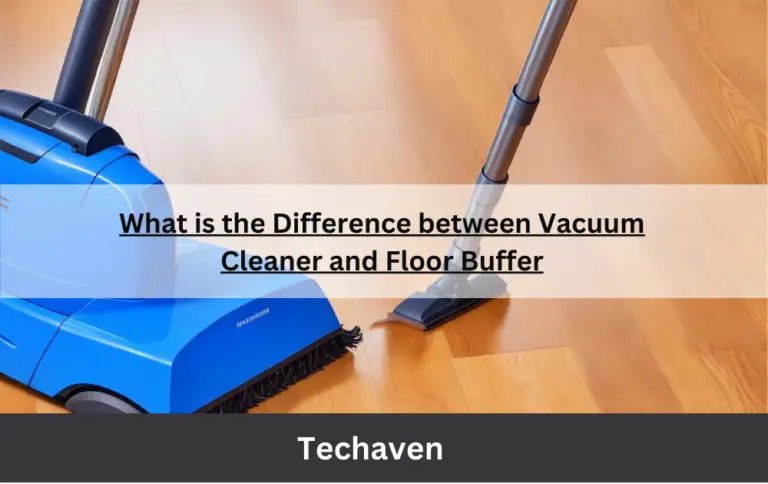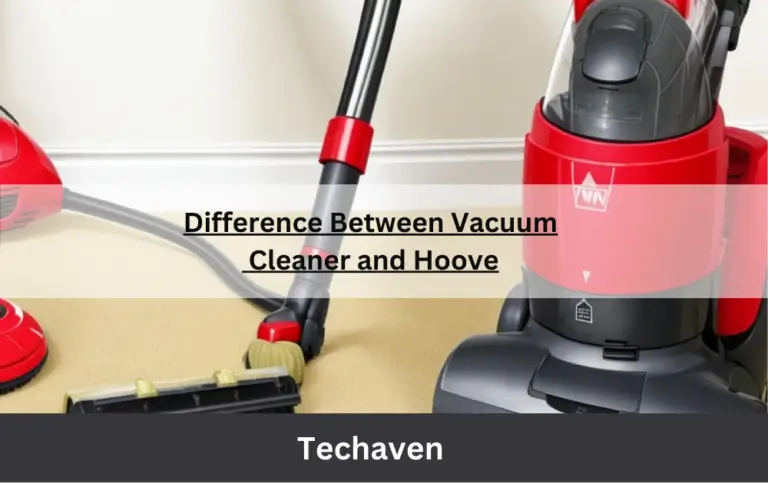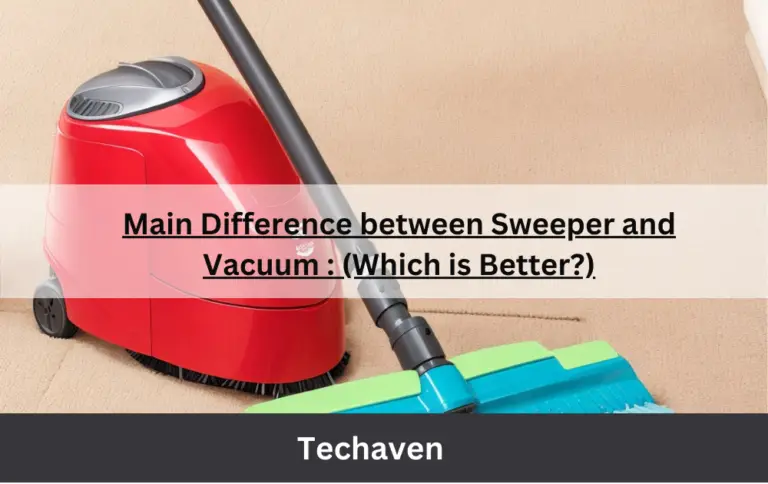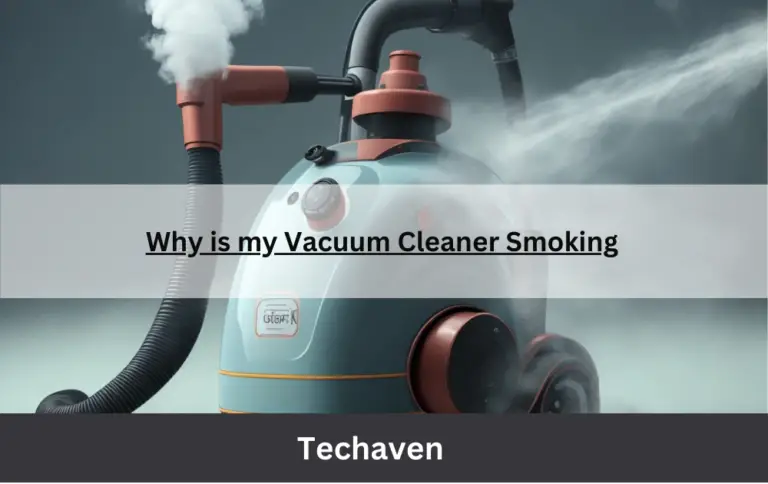Use of Vacuum Cleaner in Housekeeping
A vacuum cleaner, an indispensable household appliance, has greatly impacted the way we maintain our living spaces, ensuring cleanliness and hygiene. Over the years, the vacuum cleaner has undergone significant advancements, leading to the development of various types and models tailored to specific needs and preferences. In this comprehensive guide, we will explore the world of vacuum cleaners, discussing their evolution, types, benefits, and tips for using them effectively. Additionally, we will dispel common misconceptions, provide guidance on choosing the right vacuum cleaner, and delve into maintenance and safety aspects. Lastly, we will address the environmental impact of vacuum cleaners and the importance of eco-friendly features and proper disposal. Join us on this informative journey as we uncover the many facets of vacuum cleaners and their role in our daily lives.
What is a vacuum cleaner?
A vacuum cleaner is a device that employs suction to remove dust, dirt, and debris from various surfaces, such as floors, upholstery, and other areas in homes and commercial spaces. It works by creating a vacuum, which forces air through a series of filters, trapping dust and dirt particles while releasing clean air back into the environment.
Evolution of vacuum cleaners
The vacuum cleaner has come a long way since its inception in the 19th century, evolving from manually operated, cumbersome machines to sleek, sophisticated, and efficient devices. Over the years, inventors and engineers have made numerous improvements in vacuum cleaner technology, enhancing performance, convenience, and sustainability.
Types of vacuum cleaners
There is a wide variety of vacuum cleaner types, each designed to cater to specific needs and preferences. Some of the most common types include:
Upright vacuum cleaners
Upright vacuum cleaners, characterized by their vertical design, are among the most popular types in the market. They are suitable for cleaning large areas, particularly carpets, and often feature powerful suction and various attachments.

Canister vacuum cleaners
Canister vacuum cleaners consist of a separate motor and dust container connected to a hose and wand with various attachments. They are versatile and excel at cleaning a wide range of surfaces, including carpets, hardwood floors, and upholstery.
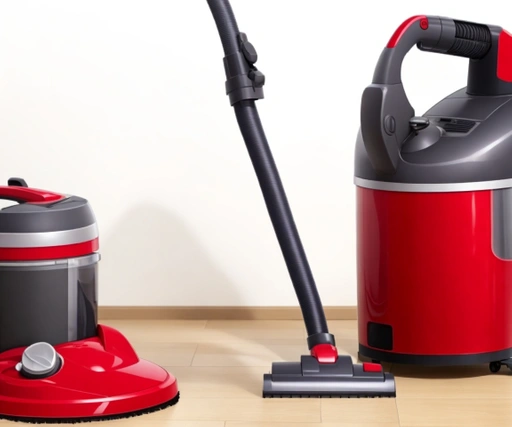
Stick vacuum cleaners
Stick vacuum cleaners, also known as lightweight or cordless vacuum cleaners, are slim and compact devices with rechargeable batteries. They are excellent for quick cleanups and work well for smaller spaces and hard-to-reach areas.
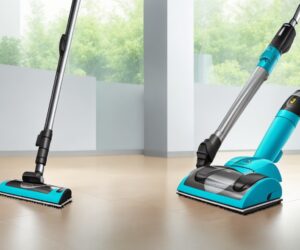
Handheld vacuum cleaners
Handheld vacuum cleaners are small, portable devices designed for spot cleaning and tackling small messes. They are ideal for cleaning upholstery, car interiors, and tight spaces where larger vacuum cleaners cannot reach.
Robot vacuum cleaners
Robot vacuum cleaners are autonomous devices that use sensors and advanced algorithms to navigate and clean your home without manual intervention. They are convenient, time-saving, and suitable for maintaining cleanliness in between deeper cleaning sessions.
Benefits of using a vacuum cleaner in housekeeping
Efficient cleaning
Vacuum cleaners provide efficient and thorough cleaning, removing dust, dirt, and allergens from various surfaces more effectively than traditional cleaning methods, such as sweeping and dusting.
Time-saving
Vacuum cleaners save time by covering large areas quickly and reducing the need for frequent cleanups, allowing you to maintain a clean and healthy living environment with minimal effort.
Allergen removal
By effectively capturing allergens, such as dust mites, pet dander, and pollen, vacuum cleaners contribute to improved indoor air quality, potentially reducing the risk of allergies and respiratory problems.
Versatility
Vacuum cleaners offer versatility, enabling you to clean a wide range of surfaces and materials, including carpets, hardwood floors, upholstery, and curtains, with the appropriate attachments.
Convenience
Modern vacuum cleaners are designed with user convenience in mind, featuring ergonomic designs, lightweight construction, and various features that make cleaning tasks more manageable and less physically demanding.
Tips for using a vacuum cleaner effectively
Choose the right vacuum cleaner for your needs
Select a vacuum cleaner that best suits your home’s specific requirements, taking into account factors such as flooring types, space constraints, and personal preferences.
Regular maintenance
Perform regular maintenance on your vacuum cleaner to ensure optimal performance and prolong its lifespan. This includes emptying the dustbin or bag, cleaning filters, and checking for blockages.
Proper vacuuming techniques
Use proper vacuuming techniques, such as slow, overlapping strokes, and adjusting the vacuum cleaner’s height settings to match the surface being cleaned, to achieve the best results.
Pay attention to filters and bags
Regularly inspect and replace filters and bags, as needed, to maintain your vacuum cleaner’s efficiency and prevent the release of dust and allergens back into the air.
Clean hard-to-reach areas
Utilize your vacuum cleaner’s attachments to clean hard-to-reach areas, such as corners, crevices, and behind furniture, ensuring a thorough and comprehensive cleaning.
Vacuum cleaner accessories and attachments
Vacuum cleaners often come with various accessories and attachments designed to enhance their cleaning capabilities, such as crevice tools, upholstery brushes, and extension wands.
Common misconceptions about vacuumcleaners
There are several misconceptions surrounding vacuum cleaners, including the belief that all models are noisy, expensive, or difficult to maintain. However, with advancements in technology and design, many vacuum cleaners now offer quiet operation, affordable options, and user-friendly maintenance features.
How to choose the right vacuum cleaner for your home
Consider your flooring type
Select a vacuum cleaner that is suitable for the type of flooring in your home, such as an upright vacuum cleaner for carpets or a canister vacuum cleaner for hardwood floors.
Evaluate suction power and airflow
Assess the suction power and airflow of the vacuum cleaner, as these factors play a critical role in determining its cleaning efficiency on various surfaces.
Assess noise levels
Consider the noise levels produced by the vacuum cleaner, especially if you have young children, pets, or live in an apartment building with close neighbors.
Check for additional features
Look for additional features that may enhance your vacuum cleaner’s performance and convenience, such as adjustable height settings, swivel steering, or a retractable cord.
Maintaining and caring for your vacuum cleaner
Emptying the dust bin or bag
Regularly empty the dustbin or bag to maintain suction power and prevent the release of dust and allergens back into the air.
Cleaning the filters
Clean or replace the filters as recommended by the manufacturer to ensure optimal airflow and filtration.
Checking for blockages
Inspect your vacuum cleaner for blockages in the hose, wand, or other components, as these can impede performance and cause damage to the motor.
Replacing worn-out parts
Replace worn-out parts, such as belts, brush rolls, or hoses, to maintain your vacuum cleaner’s efficiency and prevent potential damage.
Vacuum cleaner safety tips
Unplug before maintenance
Always unplug your vacuum cleaner before performing maintenance tasks, such as emptying the dustbin, cleaning filters, or checking for blockages, to prevent accidents.
Keep children and pets away
Keep children and pets away from your vacuum cleaner while in use, as they may be frightened or injured by the moving parts or electrical components.
Store properly after use
Store your vacuum cleaner properly after use, ensuring cords are coiled and attachments are secured, to prevent accidents and prolong the lifespan of the device.
Environmental impact of vacuum cleaners
Energy efficiency ratings
Choose vacuum cleaners with high energy efficiency ratings, as they consume less power and produce fewer greenhouse gas emissions.
Eco-friendly features
Consider vacuum cleaners with eco-friendly features, such as models made from recycled materials, or those that use reusable dustbins instead of disposable bags.
Proper disposal of old vacuum cleaners
Dispose of old vacuum cleaners responsibly by recycling or donating them to local organizations, rather than sending them to landfills where they contribute to environmental pollution.
Conclusion
Vacuum cleaners have revolutionized the way we maintain cleanliness and hygiene in our homes and workspaces. Understanding the various types, their benefits, and how to use them effectively is essential for choosing the right vacuum cleaner for your needs. By considering factors such as flooring types, suction power, noise levels, and additional features, you can find the perfect vacuum cleaner to suit your specific requirements. Proper maintenance, care, and adherence to safety tips will ensure that your vacuum cleaner remains in optimal condition, prolonging its lifespan and providing you with a clean and healthy living environment. Finally, being mindful of the environmental impact of vacuum cleaners and opting for eco-friendly models is an important step towards sustainability and preserving our planet for future generations.

